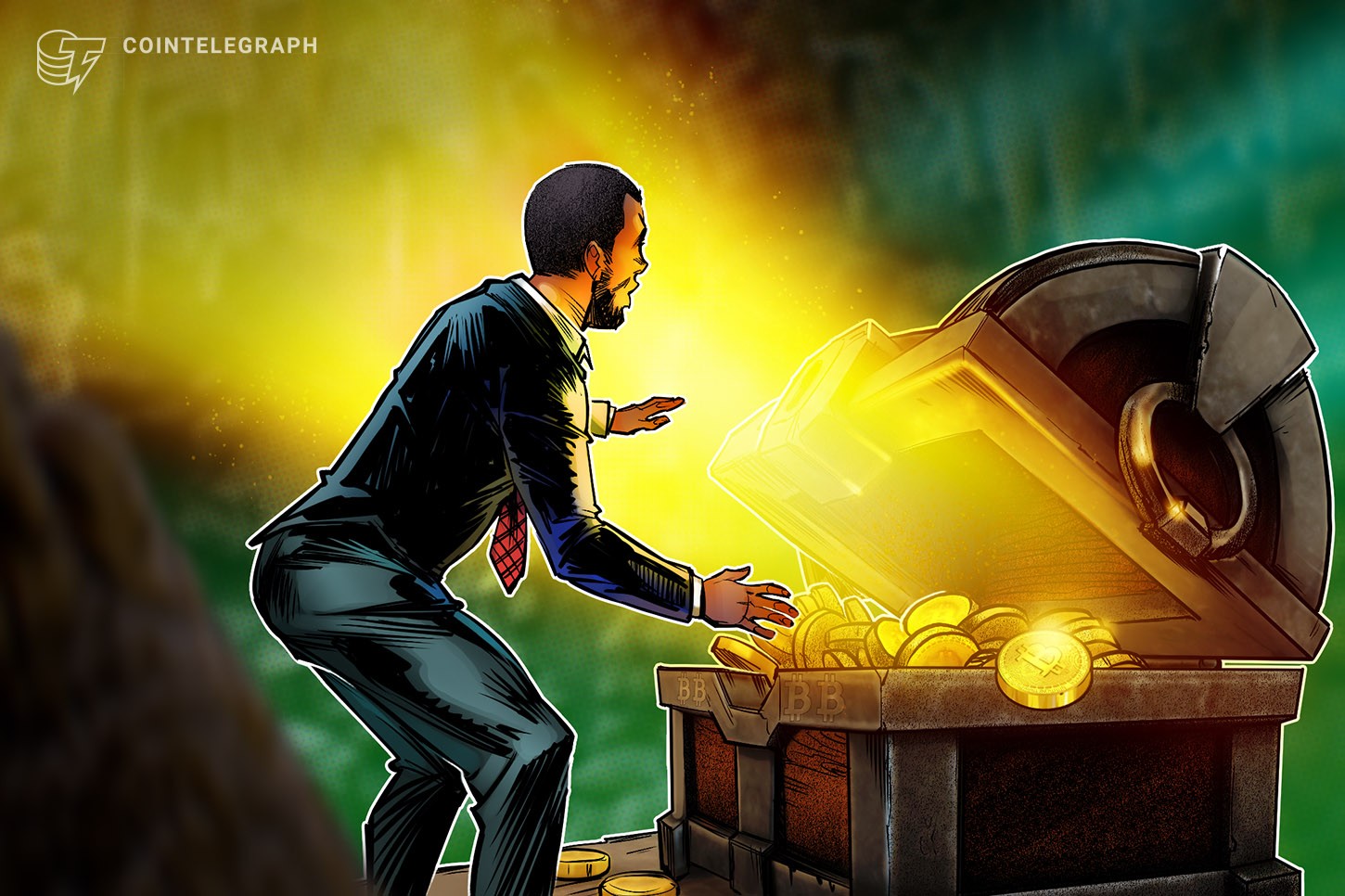Publicly traded companies are increasingly swapping traditional cash reserves for digital assets, and they’re doing it in ways designed to attract both retail and institutional investors.
In the latest Byte-Sized Insight episode, Cointelegraph’s Savannah Fortis spoke with two leaders in this space: David Namdar, CEO of the newly renamed BNB Network Company (formerly CEA Industries), and Joseph Onorati, CEO of DeFi Development Corporation (DFDV).
Companies stashing crypto
“This is a story that hasn’t been told well… a lot of people, particularly in the US, really haven’t seen the growth of BNB Chain or how massive Binance is globally,” said Namdar.
BMB Network Company recently announced a $500 million BNB-focused treasury vehicle, and the raise was oversubscribed. “We ended up with just under $2.3 billion of demand. We were adamant about capping the fundraise. It was overwhelming, humbling, and exciting,” Namdar said.
He said the model has massive growth potential:
“I really think that $100 to $200 billion could flow into the crypto markets through these vehicles.”
While Namdar’s focus is on BNB, Onorati’s DFDV has built its strategy around Solana. “Solana is more volatile than Bitcoin. That’s just the nature of it… But the volatility matters,” he said.
Related: DeFi Development to refile $1B Solana plan after SEC filing snag
DFDV operates its own Solana validators and issues a liquid staking token, dfdvSOL, allowing investors to earn rewards and use the token as collateral within the ecosystem. The company has even tokenized its own stock onchain for trading in Solana markets.
“We can actually put our balance sheet to work. We can run validators, we can earn yield, we can participate in DeFi.”
Pushing adoption boundaries
While these types of crypto-related investment endeavors are a great alternative avenue toward long-term adoption, there is still work to be done.
Onorati said that despite the growing institutional narrative, most of their long-term investors aren’t from traditional finance:
“When we talk to real institutional investors, we still get questions like: ‘What’s a validator?’ ‘Is staking like mining?’”
Nonetheless, one thing is clear to both Namdar and Onorati: Crypto treasury companies may position themselves to be a major bridge between traditional capital markets and digital assets.
As Namdar put it:
“It’s about creating a mechanism to bring more capital into the crypto space… and I think we’re just getting started.”
Listen to the full episode of Byte-Sized Insight for the complete interview on Cointelegraph’s Podcasts page, Apple Podcasts or Spotify. And don’t forget to check out Cointelegraph’s full lineup of other shows!
Magazine: US risks being ‘front run’ on Bitcoin reserve by other nations — Samson Mow


